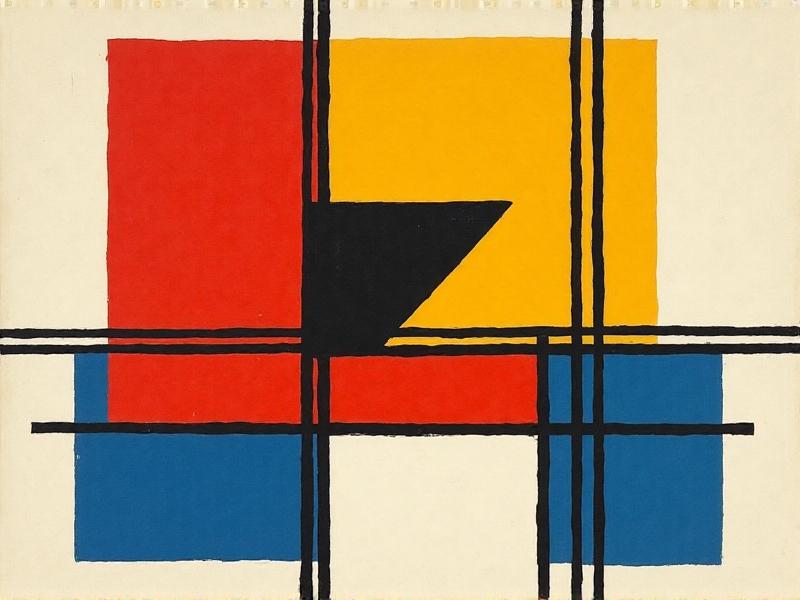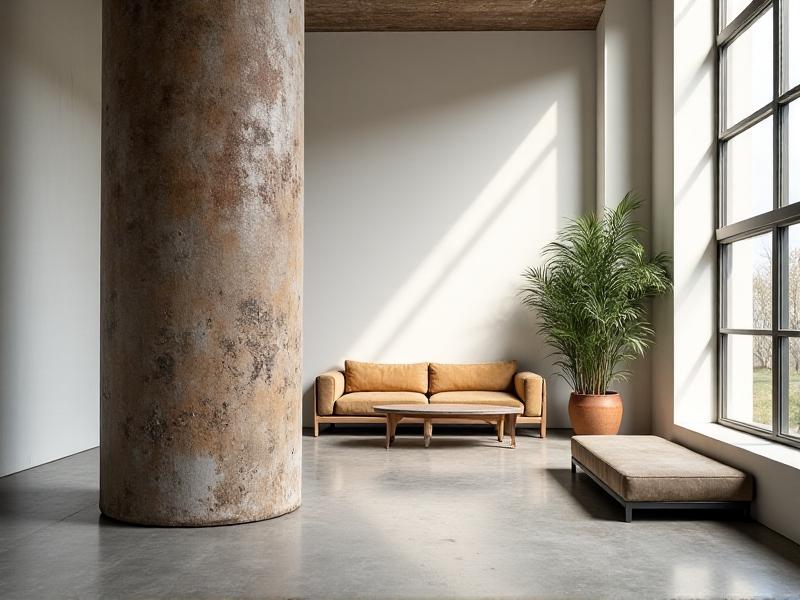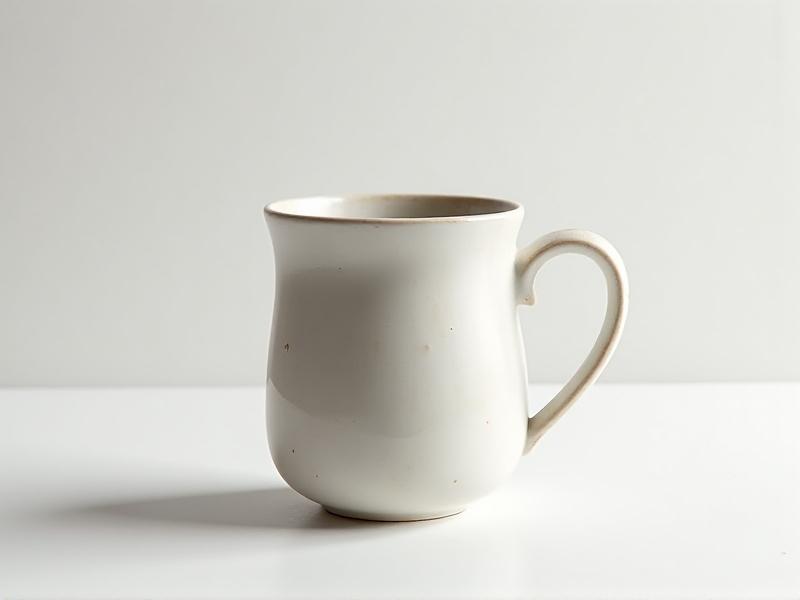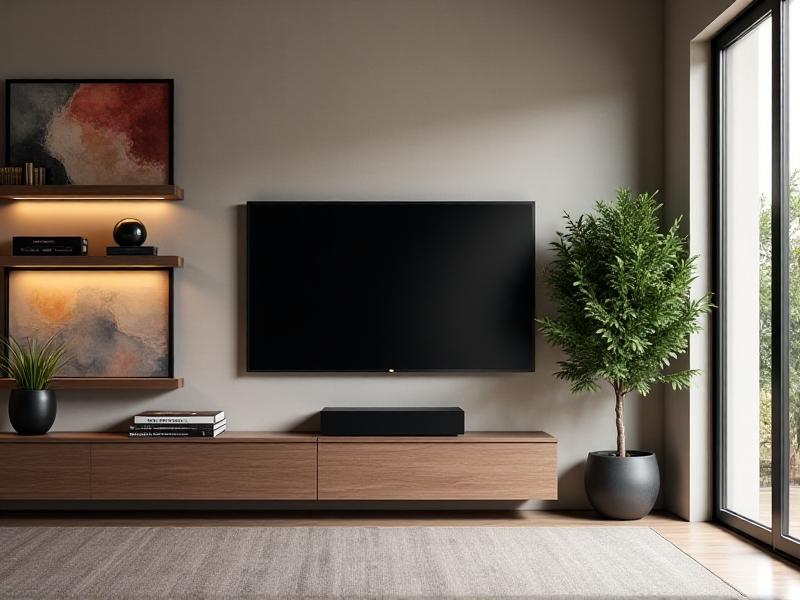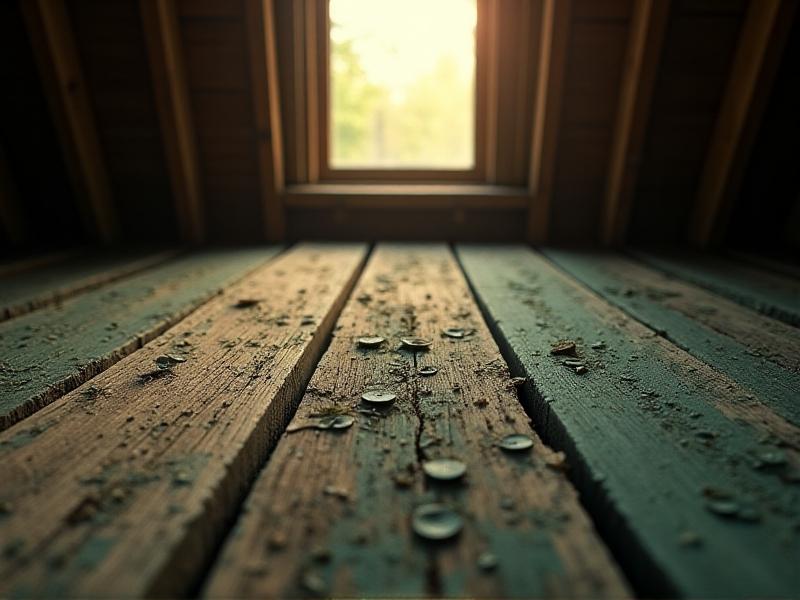Overlay Magic: Transforming Flat Surfaces with Dimension
The Art of Visual Depth: Why Overlay Matters
In a world dominated by flat screens and minimalist design, the human eye craves texture and dimension. Overlay techniques bridge this gap by transforming bland surfaces into dynamic canvases. Whether through physical materials like textured tiles or digital augmented reality, overlays add layers of interest that evoke emotion and tell stories. Architects and designers have long used this principle to turn sterile rooms into inviting spaces, proving that depth isn’t just aesthetic—it’s psychological. By manipulating light, shadow, and material, overlays create a sense of movement where none exists, making even the simplest walls or floors feel alive.
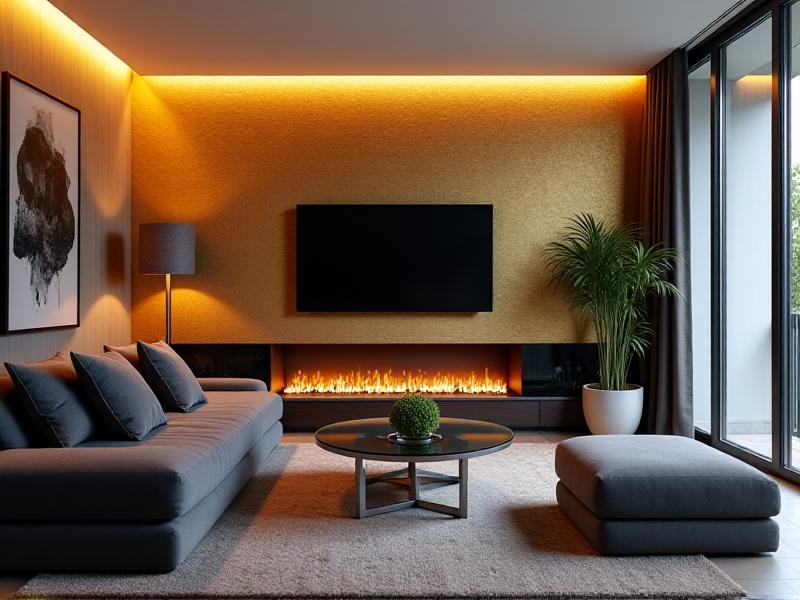
Tools of the Trade: Essential Materials for Dimensional Overlays
The magic of overlays begins with the right tools. Self-adhesive vinyl decals offer precision for temporary transformations, while epoxy resins and 3D-printed panels provide permanent depth. Textile artists might opt for layered fabrics or embroidery, whereas digital designers rely on projection mapping software. For DIY enthusiasts, stencils and metallic leafing kits unlock intricate patterns without professional training. The key lies in choosing materials that complement the surface’s purpose—durable options for high-traffic areas, delicate ones for decorative accents. Innovations like light-diffusing acrylics or thermochromic paints push boundaries, proving that overlay tools are as limitless as the imagination.
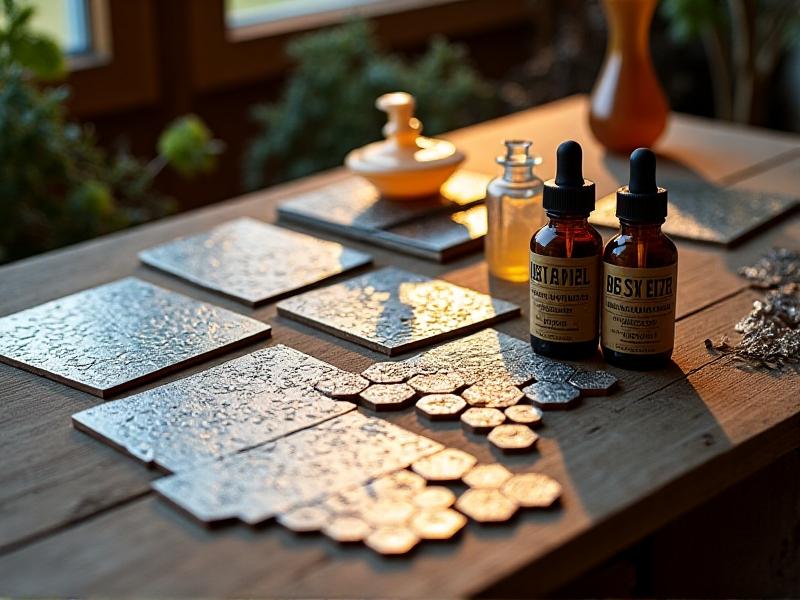
From Walls to Furniture: Creative Applications in Interior Design
Overlays breathe new life into forgotten spaces. A plain IKEA dresser becomes a vintage heirloom with crackle paint and gilding, while a feature wall clad in laser-cut wood panels mimics forest canopies. Restaurants use chalkboard overlays for ever-changing menus, and homeowners apply removable wallpaper to rental apartments. The trend extends outdoors—think stamped concrete patios resembling natural stone. Even ceilings get attention; pressed tin tiles or cloud-painted murals turn upward glances into moments of wonder. These applications prove that no surface is too mundane for transformation.
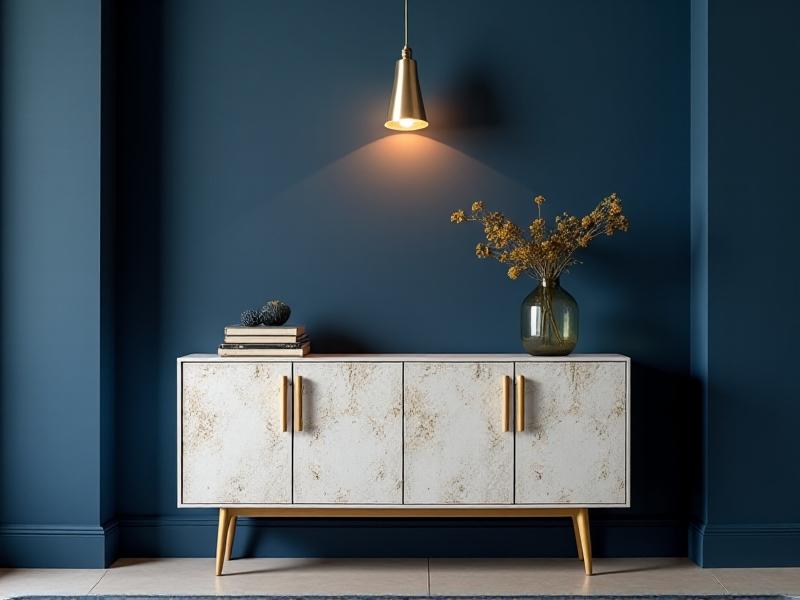
Textile Alchemy: Layering Fabrics for Tactile Transformation
Fabric overlays add warmth where hard materials fall short. Quilted wall hangings absorb sound in open-plan offices, while sheer curtains layered over bold prints create depth in sunlit rooms. Upholstery takes center stage with techniques like trapunto—a raised quilting method that turns cushions into sculptural pieces. Fashion influences seep into interiors: burlap runners contrast with satin tablecloths, and macramé lamp shades cast intricate shadows. This tactile approach invites touch, engaging senses beyond sight and reminding us that dimension isn’t just visual—it’s experiential.
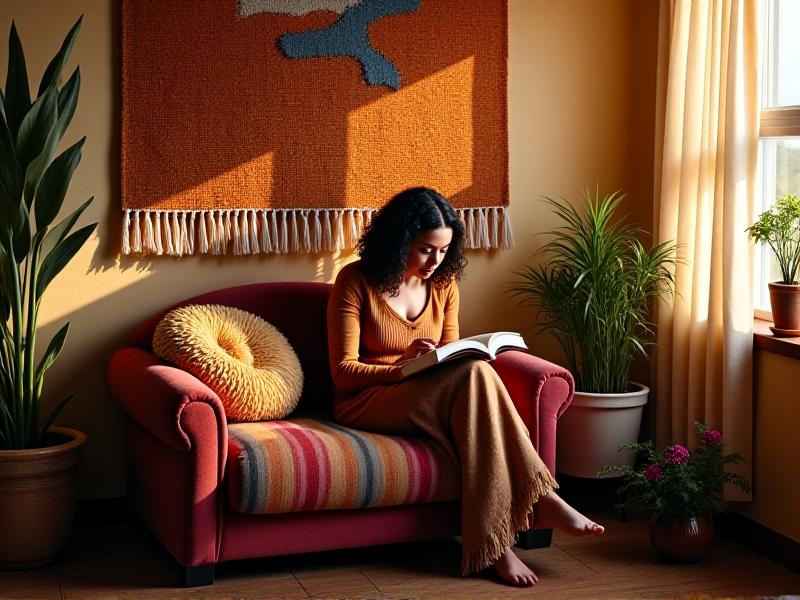
Digital Overlays: Augmented Reality Meets Physical Spaces
AR technology lets users preview dimensional changes in real time. Apps project digital overlays onto walls—testing faux brickwork or animated murals without commitment. Museums employ this tech for interactive exhibits where visitors “restore” ancient artifacts via tablet. Retailers visualize products in customers’ homes, from textured backsplashes to holographic art. These tools democratize design, allowing experimentation before physical execution. As AR glasses gain traction, the line between digital and physical overlays will blur, creating spaces that adapt to moods or seasons with a swipe.
Sustainability Through Layering: Eco-Friendly Design Solutions
Overlays champion sustainability by revitalizing existing structures. Peel-and-stick recycled leather tiles cover worn countertops, while mushroom-based acoustic panels replace plastic foams. Artists repurpose industrial scraps—think circuit board mosaics or denim insulation. Even digital overlays contribute by reducing material waste in prototyping. This circular approach challenges the notion that depth requires virgin resources, proving that layered design can be both beautiful and regenerative.
Mastering the Illusion: Techniques for Seamless Blending
The best overlays trick the eye into seeing cohesion. Color gradation merges disparate materials—a terrazzo floor fading into wooden planks. Shadow gaps between 3D panels enhance realism, suggesting independent floating elements. Digital artists use ambient occlusion rendering to mimic how light naturally interacts with textures. The golden rule? Scale patterns to the space: oversized florals overwhelm small rooms, while micro-textures get lost in vast halls. By studying how light and perspective work, designers create overlays that feel intrinsic rather than applied.
DIY Overlay Projects: Step-by-Step Guides for Beginners
Start small with a side table: sand the surface, apply adhesive cork sheets cut into geometric patterns, and seal with beeswax. For walls, try removable 3D wall panels—interlocking pieces that require no glue. Digital novices can use free apps to mock up paint-and-texture combos. Key tips: always test materials in inconspicuous areas, measure twice, and embrace imperfections as part of the handmade charm. Overlay projects reward patience; each layer adds character, turning mistakes into design features.



